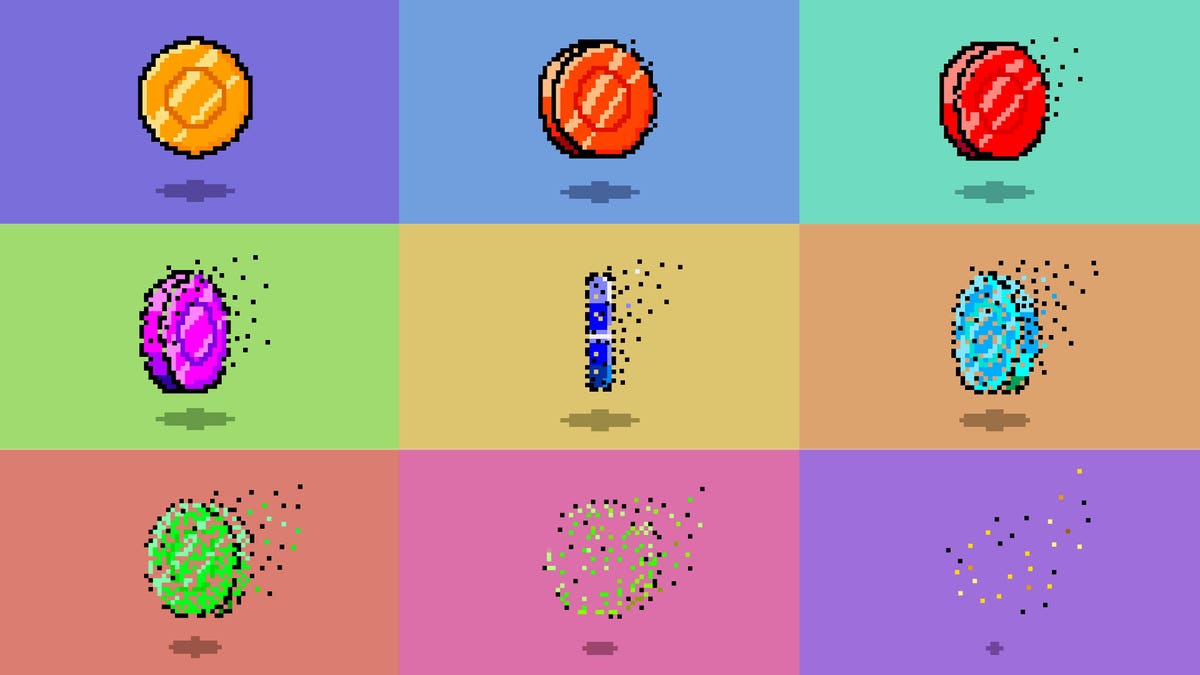
The once-promising vision of perpetual royalties for digital artists in the non-fungible token (NFT) space has been shattered. OpenSea, once the leading marketplace for NFTs, recently rescinded its policy of mandatory royalty payments to creators. This decision came as OpenSea lost its dominance to upstart competitor Blur, which quickly captured market share by offering a no-fee platform that focused on pricing and costs.
The NFT market has experienced a significant decline in trading volume, dropping from around $5.36 billion in January 2022 to $410 million in August. OpenSea’s share of the struggling market has fallen to under 30%. Blur, on the other hand, has become the top NFT trading site, controlling 60% of trading volume in August.
One of the reasons for Blur’s success is its lack of platform fees and the absence of mandatory royalty agreements. Creators who sell their works on OpenSea and some smaller marketplaces can require royalty payments on subsequent sales, but Blur allows sellers to bypass this requirement. OpenSea, which used to enforce royalty arrangements, announced that it would no longer do so after August 31. This move has significantly reduced the appeal of creating NFTs for artists, especially as prices for computer-generated art linked to tokens are plummeting.
The abandonment of royalty payments by OpenSea marks the end of the art world’s utopian dream of long-lasting income streams for content creators. The rise of NFTs in 2021 initially sparked excitement among artists and collectors, as they believed blockchain-linked art would democratize access to the art market and ensure that artists directly benefit from the appreciation of their works. However, the fight for royalty payments has largely played out in the court of NFT marketplaces, where market forces have favored platforms like Blur that prioritize low costs and quick trades.
OpenSea’s attempt to compete with Blur by launching its operator filter, which blocked collections from being sold on marketplaces that did not enforce royalties, failed to attract sellers and buyers. OpenSea’s trading volume dropped to 27% in August, while Blur’s volume skyrocketed to 60%. Even OpenSea Pro, the platform’s fee-free aggregator launched to rival Blur, only accounted for 33% of trading volume on NFT aggregators in August, compared to 63% on Blur.
OpenSea’s predicament is worsened by the overall decline in NFT trading volume, which has shrunk from $16 billion in January 2022 to $559 million in August 2023. This decline, coupled with the reluctance of traders to pay royalties, spells bad news for digital artists. Marketplaces like Blur, which offer no-fee transactions, have become the norm, leaving creators with limited options.
The loss of royalty payments will have the most significant impact on smaller creators who have come to rely on this income. Larger creators, with brand recognition and primary sales in traditional galleries, may still be able to generate significant revenue. However, artists in the middle and lower tiers, whose monthly royalty payments have been integral to their financial planning, will face dire consequences.
Despite the challenges, some creators will continue to explore the potential of NFTs. Making art is an act of risk-taking, and many artists still believe in sharing in the upside they helped create. However, the current landscape of the NFT market puts traders in control, and most are unwilling to pay royalties. The future of royalties in the NFT space remains uncertain, and artists will need to navigate this new reality if they choose to pursue NFTs.






